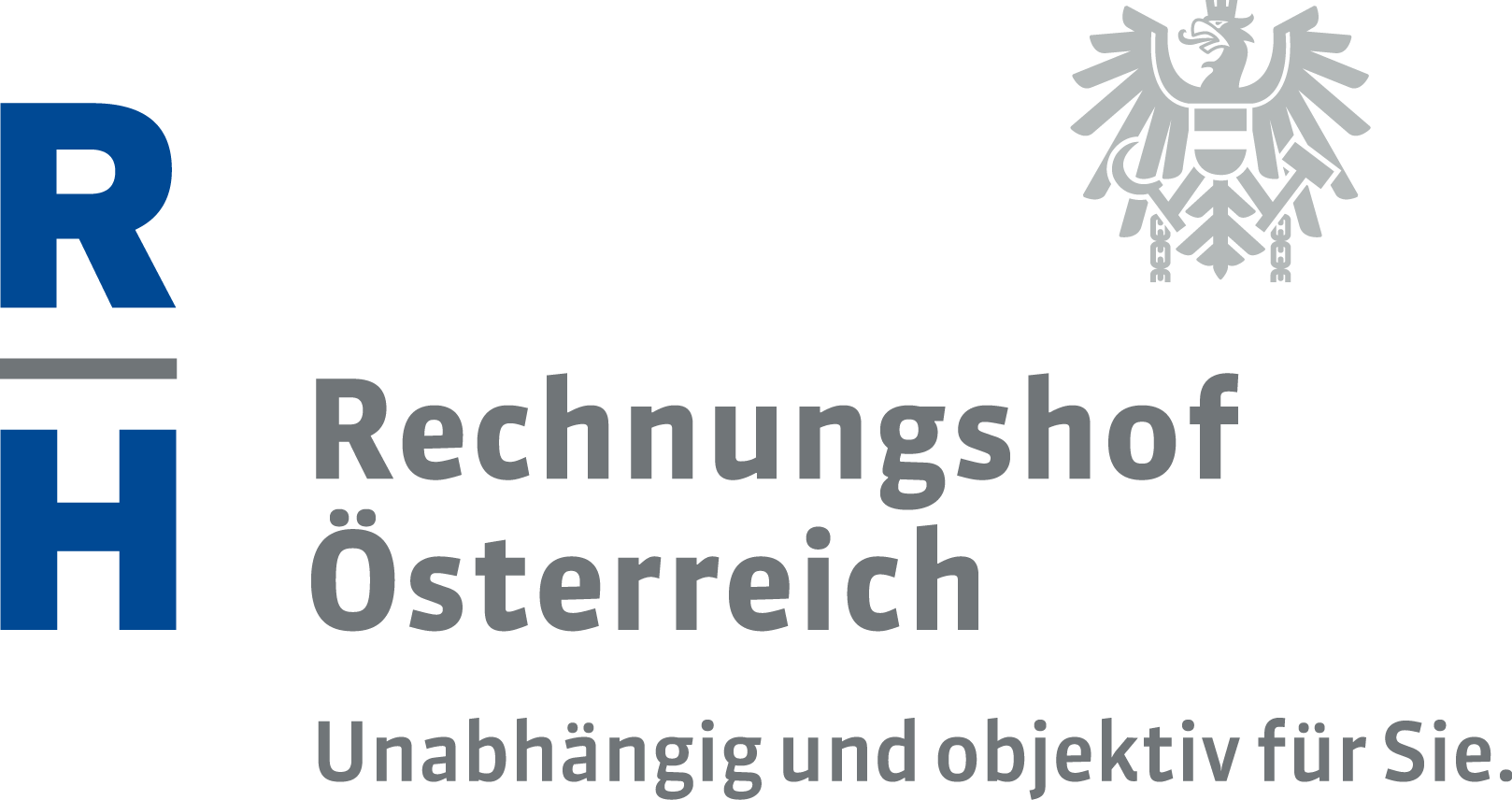Residual Waste Disposal in the Southern Vienna Basin
Compared to the residual waste disposal system of the district of Wiener Neustadt, the system of the district of Neunkirchen had an advantage in that the households only needed to distinguish between three types of waste (dry waste, wet waste, organic waste). Furthermore, they did not have to take into consideration the often difficult distinction between packaging and non-packaging (as regards plastic, glass, metal). Furthermore, the citizens could resort to the service of waste collection if they chose a dustbin with a volume corresponding to their needs (green, grey, organic).
Compared to the Lower Austrian average, the portion of residual waste that was transferred for thermal treatment in an unsorted way contained significantly less recyclable material in Neunkirchen. This corresponded to the fact that recycling takes priority over thermal treatment in accordance with the provisions of the EU and of the Federal Waste Management Act (Abfallwirtschaftsgesetz).
The municipality of Neunkirchen increased the waste management charges two times in the period of 2010 to 2014, which resulted in an average annual increase in fees of 3.97%. This rate of increase exceeded the average annual rate of price increase by 69.76%.
In the period of 2010 to 2014, the municipality of Ternitz increased the waste management fees two times. The average annual increase in fees accounted for 0.63%, thereby falling below the average annual rate of price increase by 72.93%.
In the same period, the city of Wiener Neustadt increased the waste management fees three times, which resulted in an average annual increase in fees of 4.15%. This rate of increase exceeded the average annual rate of price increase by 77.39%.
In the period of 2009 to 2014, the tax burden (waste management fees and waste management charges) averaged EUR 1,517 per ton in Neunkirchen, EUR 898 per ton in Ternitz and EUR 574 per ton in Wiener Neustadt.
- pdf Datei:
- 848.3 KB
- Umfang:
- 64 Seiten


